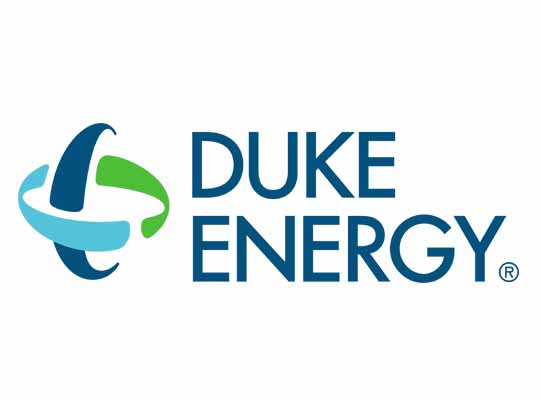ST. PETERSBURG – Duke Energy Florida on Monday opened its new, state-of-the-art Bayboro electrical substation to meet the power needs of downtown St. Petersburg.
The electrical substation is known as a gas insulated switchgear (GIS) substation. It is the first in Florida constructed by Duke Energy and was placed in-service Nov. 29.
Substations play a key role in the complex process of bringing electricity generated at faraway power plants to customers’ homes, businesses, schools and other buildings. Substations alter electrical voltage, making it usable for customers, and also perform several other important functions.
The vast majority of substations are built outside – uncovered – occasionally exposing the facilities’ electrical equipment to severe weather conditions, including lightning, hurricanes and water surges during major storms.
But the indoor, enclosed, elevated design of the Bayboro substation protects electrical equipment from such weather conditions. The new facility can withstand 150 mile-per-hour winds and will more reliably serve St. Petersburg’s Innovation District.
Overall, the cost of maintenance decreases, while reliability increases.
“We work hard on behalf of our customers to ensure safe, reliable, cleaner energy,” said Duke Energy Florida President Melissa Seixas. “We are leveraging innovative technology across our Florida service territory to upgrade the energy grid and increase resiliency and energy efficiency for our customers.”
The GIS substation is also built to protect the environment with a feature to capture potential spills and help prevent impacts to the surrounding area.
Additionally, the overall footprint is approximately 35% smaller than the previous adjacent substation.
The substation supports critical infrastructure including the University of South Florida’s St. Peterburg campus, All Children’s Johns Hopkins and Bayfront hospitals, Tropicana Field and numerous buildings and high-rises.
With increased redundancies to help reduce outages, the newly constructed substation will meet the increasing demand for power in this fast-growing community and improve reliability for downtown St. Petersburg and surrounding areas.
Renewables
Duke Energy Florida is also delivering on its renewable energy commitment to downtown St. Petersburg.
Using a $1 million Duke Energy grant, the University of South Florida St. Petersburg built a 100-kilowatt solar array – plus a 250-kilowatt battery system – atop a campus parking deck. The battery system stores and manages the electricity generated by the approximately 7,100-square-foot solar array.
There is also a Duke Energy solar canopy above the parking area at the St. Pete Pier with adjacent EV chargers.
Additionally, construction is underway for a 3.5-megawatt solar plus storage microgrid site that will be added at Pinellas County’s John Hopkins Middle School. The microgrid will support grid operations and provide backup electric power to the school when it must operate as a special need’s hurricane evacuation shelter. The microgrid consists of a 1-megawatt solar parking canopy array and a 2.5-megawatt battery and controls, which will store and deploy clean, renewable energy to the school and grid. The project enhances electric service and grid operations for customers.
Duke Energy Florida has also installed nearly 300 EV chargers throughout Pinellas County through the company’s Park and Plug program. The chargers are conveniently located throughout the county, including at the Duke Energy Center for the Arts-Mahaffey Theater and on the USFSP campus.











